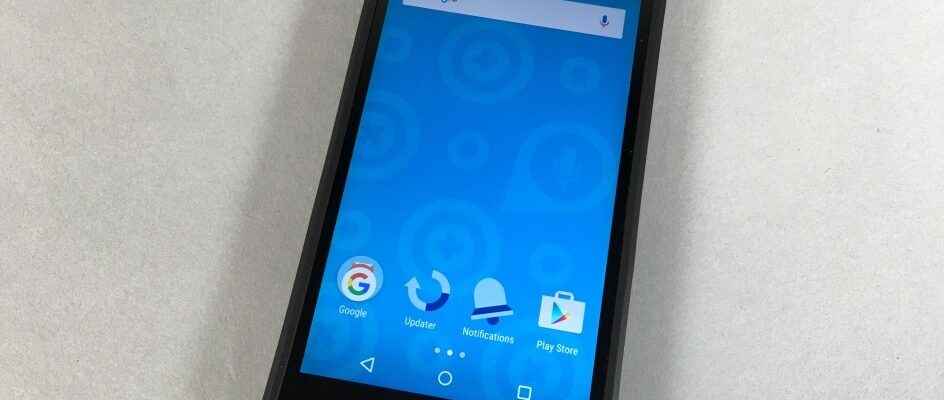The news is good. An Android terminal, with certainly anecdotal sales, finally passes the bar of seven years of software monitoring, as is already the case with Apple’s iPhone.
This terminal is the Fairphone 2, the second model from the Dutch eco-responsible company Fairphone. Launched under Android 5.1 in 2015, the terminal has just received its last major update by moving to Android 10.
A performance when you compare the difference in size of this very small company to the behemoths of the market such as Samsung, Oppo, Xiaomi, etc.
But it is above all a technical tour de force – as we will see – which highlights a major defect of the players in the industry: the manufacturers, but above all the chip suppliers.
The chip, which is at the core of the Fairphone 2, is a Snapdragon 801, from Qualcomm (MSM8974AB-AB). Announced in June 2013, this chip engraved in 28 nm has come a long way. Not only on earth, since it equipped the majority of high-end Android terminals of the time, but also on Mars because it is it which pilots the Martian drone Ingenuity.
Read also : The Ingenuity mini helicopter will fly over Mars thanks to an (old) smartphone chip
The Snapdragon 801 is interesting in the history of SoCs because it is Qualcomm’s latest high-end smartphone chip based on 32-bit instruction sets. The Snapdragon 810 which succeeded it the year after (2014) switching to the 64-bit ARM v8 instruction set. The whole industry will quickly switch to 64-bit chips and software from there.
Software support too short
What points here is the tour de force of the Fairphone teams: if the first update was undoubtedly easy – passage to Android 6 in 2017 -, the passage to Android 7 in 2018 represents another pair of sleeves since the software support of Three-year Qualcomm on high-end chips was discontinued. It was therefore necessary to develop 32-bit drivers for the various elements of the platform. Then bring these drivers to life and evolve them to allow you to run Android 10 correctly – and safely – at the start of 2022.
Read also: How Qualcomm is hampering updates to old Android smartphones
And yes, you read that right: software support from Qualcomm and other MediaTek only lasts, at best, three years. Beyond this limit, chip designers and smartphone manufacturers generally abandon software monitoring to concentrate their forces on the development of other chips and other terminals.
Note here that some players, such as Samsung and (formerly) Huawei with its subsidiary HiSilicon, have even fewer excuses than others since they are developing their own chips. And therefore have more latitude to make their devices “live” longer.
Also see video:
Also see video:
Full OS and chip control along with higher purchase prices allow Apple to offer long-term software support. In view of the staggering sums that Qualcomm and MediaTek on the one hand, Samsung, Oppo, Xiaomi and the others are making on the other hand, it would be good for the industry to tune in to go much further. At least as far as a small SME from the Netherlands who just gave them a big slap in the face of software sustainability…
